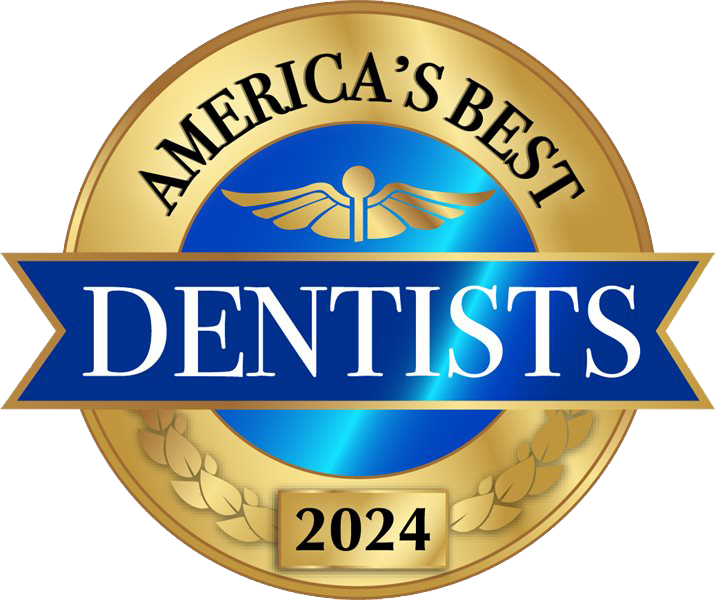Blog Layout
Straightening Your Teeth (Again!) With Invisalign
Cherrywood Dental • Dec 02, 2018
Many people have had traditional orthodontic treatment when they were younger, and unfortunately, for one reason or another, their teeth have shifted back to their original position. Sound too familiar? Luckily orthodontic treatments have come a long way, and Invisalign is there for those who have experienced wandering teeth over the years.
Why You May Need Orthodontic Treatment for the Second Time
For one reason or another, most young adults stop wearing their removable retainers after their orthodontic treatment is complete. A decade later, that bad habit of not wearing them can catch up with you. Your formerly straight teeth can look crooked again because of these oral health issues.
Shifting Teeth
The most common cause of shifting teeth after braces is not wearing your retainers for the recommended amount of time following orthodontic treatment. The natural progression of teeth causes them to migrate back towards their original positions, causing your teeth to become crooked again over time.
The best way to avoid your teeth from shifting back to their original positions before braces is to continue to wear your retainers for as long as it is comfortable to do so. Generally, after the first year, you will be able to reduce your retainer wear down to only a few nights a week.
Having permanent or “bonded” wire retainers placed on the inside of the front teeth is one considerable way to avoid having to worry about your teeth shifting out of alignment as a result of not wearing your retainers.
Teeth Grinding
Bruxism, or chronic grinding of your teeth, can force pressure on your alignment. Clenching or grinding can put stress on your teeth and gums, causing them to shift into different positions. To help break these habits, an orthodontist or dentist can provide you with oral devices that help to keep your teeth in place while avoiding any damage bruxism may cause.
Bad Habits
Some habits can follow us around for years. Mostly unconscious, habits that can contribute to an ongoing misalignment of the jaw and crowding of the teeth are sometimes referred to as “myofunctional” habits. Things like breathing through the mouth, tongue thrusting, and reverse swallowing can be hard habits to break, and will also cause once-aligned teeth to become misaligned after orthodontic treatment.
Poor Oral Hygiene
Straighter teeth make it much easier to maintain a healthy, beautiful smile. Poor oral hygiene will make your teeth and gums susceptible to cavities and gum disease. If left untreated, gum disease can lead to infection, soft tissue damage, receding gums, and bone and tooth loss. Losing a tooth and not replacing it with a dental implant will cause the surrounding teeth to shift out of alignment to compensate for the space.
Illness or Injury
Facial trauma, such as a jaw injury or a mouth injury can have the effect of moving teeth out of place. Traumas are the most common cause of the most severe instances of crooked teeth. Losing teeth or having your jaw shift due to a forceful injury will create the effect of having your remaining teeth slowly shift to make up for the empty space over time.
Straighten Your Smile For Good
If you’ve already gone through traditional metal braces, but your teeth have shifted since your treatment ended, you may get even better results from Invisalign. Not only can Invisalign help your teeth get back on track, but your smile will have a better chance of staying perfect after your Invisalign treatment is over.
See the long-lasting results of Invisalign for yourself by scheduling a consultation appointment with Cherrywood Dental Associates today.
© 2024
All Rights Reserved | Cherrywood Dental Associates
781-469-0771
301-973-6160
Website designed and maintained by Xpress, INC

